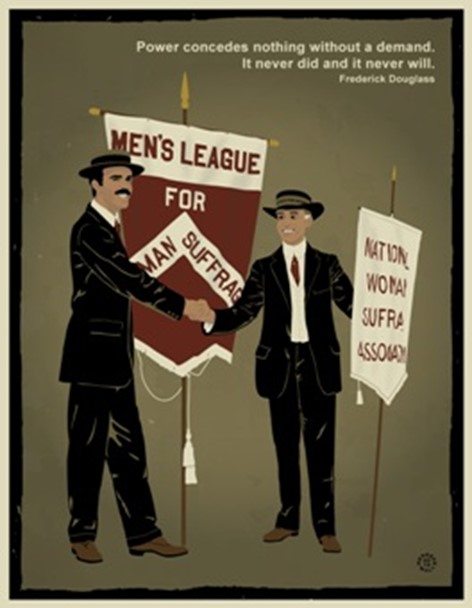History of Father’s Day

Image designed by artist Meneese Wall
Thanks to Sonora Smart Dodd, Father’s Day was born.
In the United States the first event recorded in honor of fathers was held on July 5, 1908 in a West Virginia church to honor the hundreds of men who died in a coal mine explosion. It was a one-time commemoration and not an annual holiday.
The next year, Sonora Smart Dodd, the daughter of a widower who raised his six children as a single dad in Spokane, Washington, began to work for the equivalent of Mother’s Day for male parents. With the help of local churches, the YMCA, shopkeepers and government officials she worked to generate support for her idea. Her effort was successful when Washington State celebrated the nation’s first statewide Father’s Day on June 19, 1910.
The movement for Father’s Day was honored by President Wilson in 1816 when from Washington, DC he pressed a button to telegraph signals to unfurl a flag in Spokane. By 1924, President Calvin Cooledge urged state governments to observe Father’s Day.
In 1966 President Lyndon Johnson signed a presidential proclamation declaring that the third Sunday of June 1966 to be recognized as Father’s Day. It would take six more years before President Richard Nixon established Father’s Day as a permanent national holiday to be observed on the third Sunday of June every year.
Take the Quiz: Men Who Have Supported Women’s Rights
